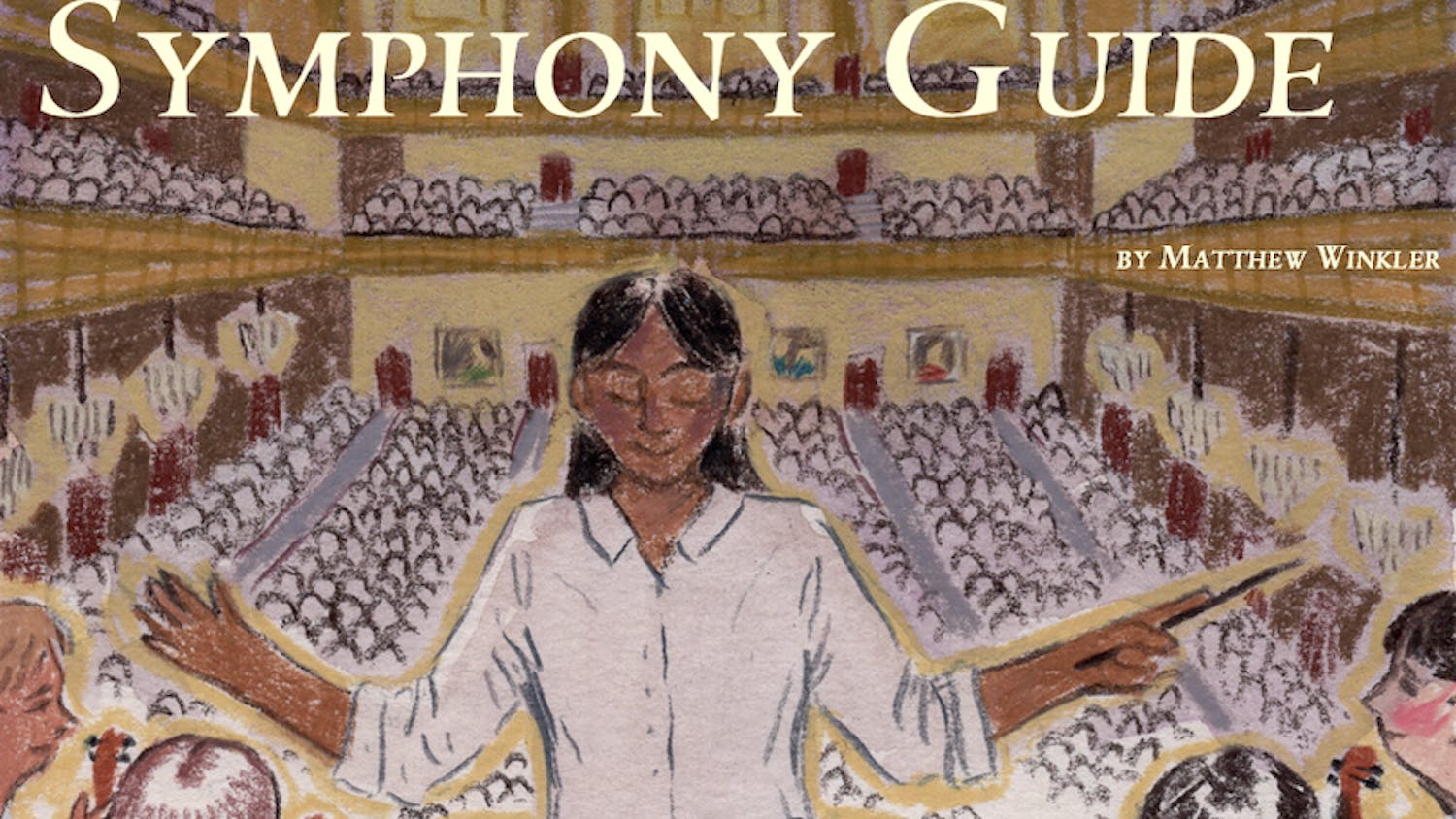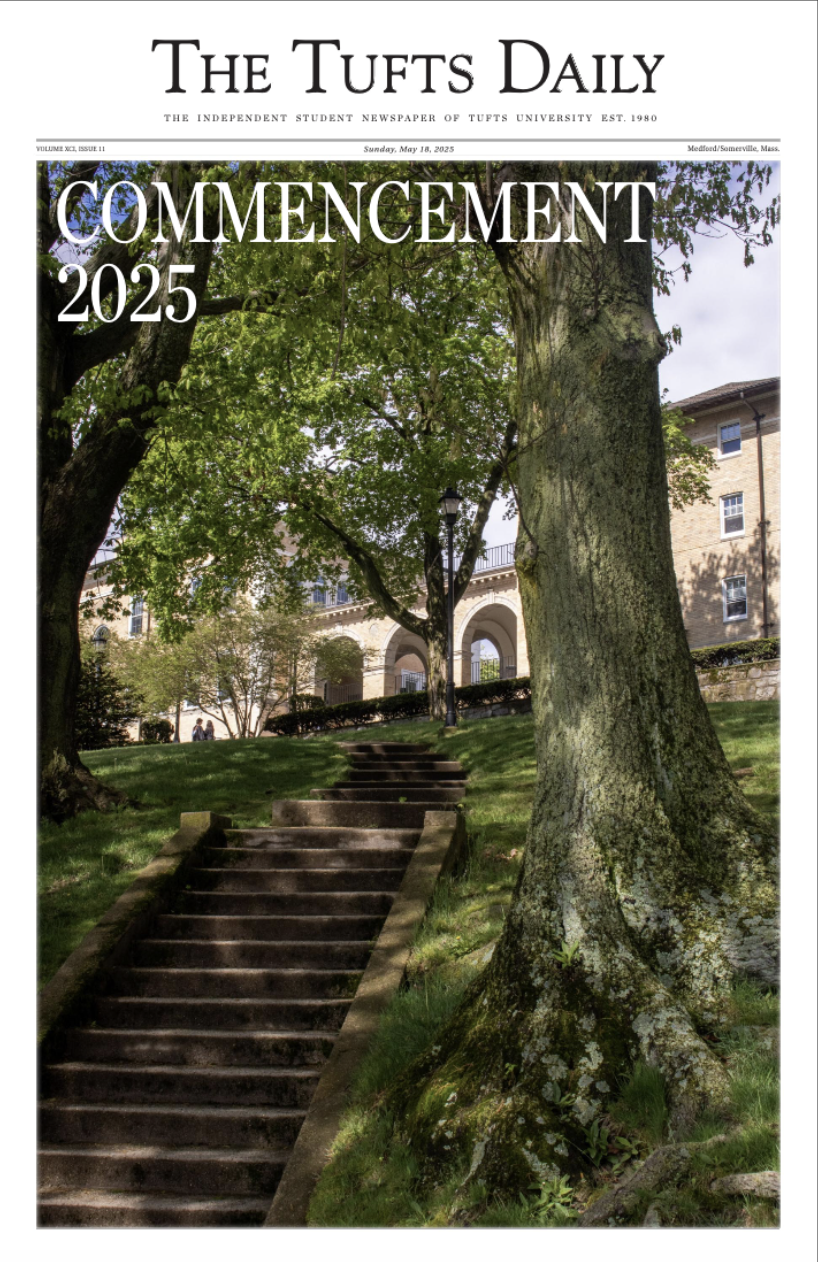Seventy-five years ago, a young Southern woman by the name of Margaret Mitchell was finishing up her only novel. That book, "Gone with the Wind" (1936), was an instant sensation, and Hollywood knew it would be.
The "Gone with the Wind" movie deal was signed before Mitchell's book hit the shelves, and it took three years of cast changes, script revisions and filming before the final version was released in 1939. The film version of "Gone with the Wind" was one of the earliest successful book-to-movie adaptations and began a trend that would grow in popularity in the years to come.
Nowadays, it feels like an original screenplay is far more unusual than one adapted from a book. When Googling the name of a book, an IMDB.com page often comes up higher than an Amazon.com page. But can putting actors' faces to characters' names maintain the original goals and intentions of the author? Is a screenwriter able to formulate characters as well as a novelist? The Daily investigates the inclination and strong desire to turn written word into motion picture and the potential pitfalls of such a transformation.
The issue of length
Back in 1924, Erich von Stroheim worked to adapt Frank Norris' novel "McTeague: A Story of San Francisco" (1899) for the big screen. Since this was one of the pioneer ventures in book-to-movie adaptations, it was unclear exactly how to proceed. The finished product, a film entitled "Greed," had a running time of approximately 16 hours. Hours and hours of footage ended up on the cutting room floor until they had a final product: a mere two hours that was nearly impossible to understand because many important facets of the plot had to be cut at the last minute. "Greed" made it very obvious that much care and concern had to go into the scripts of adaptations in the future.
When "Gone with the Wind" had its turn on the big screen, Mitchell's words were handled with great delicacy. She was involved in nearly every step of the writing process to ensure that her characters maintained their authenticity and original essences, according to Ellen Firsching Brown and John Wiley, Jr., in their new book, "Margaret Mitchell's ‘Gone with the Wind:' A Bestseller's Odyssey from Atlanta to Hollywood" (2011).
Many people today are wary of this particular adaptation because of its length: With a running time of nearly four hours, it is an investment of both time and energy to get through the whole thing. A current edition of the book runs at 1,024 pages, so, as a result, the film had to be tailored immensely. Many plot details and even some important characters were cut out entirely, yet this did not hinder this particular movie from being a great success.
As an expert on the "Gone With The Wind" transformation, Brown shared some thoughts on the book-to-movie process with the Daily via email. "If a book is beloved," she said, as "Gone With The Wind" certainly is and was, "the audience wants to experience that book in the visual form. A director betrays that trust if he doesn't stay true to the underlying story. Of course, interpretations and adjustments have to be made, but I think that the best adaptations are those that don't run too far off course."
Competing worlds
So many movies released in the past several decades have their roots in literature that it is difficult to keep track of them all. Many book versions of classics get lost in the thunder that their movie adaptations create, such as Mario Puzo's "The Godfather" (1969) and Stephen King's "The Shining" (1977). It would likely be difficult to find steadfast book loyalists for these tales who insisted on reading the original book before seeing the movie, as the films have garnered infinitely more press and attention than the published volumes.
A more common situation is for the fame and notoriety of the book to long predate the release of its movie version. Directors and producers want to be confident that their films will attract a significant audience, and so they wait for confirmation of the book's popularity in terms of sales and press attention. In some cases, it can take decades to take the next step into film adaptation or to have the pieces fall into place just right.
Just this past weekend, the first installment of Ayn Rand's "Atlas Shrugged" (1957) hit theaters, with two more installments on the way to make a complete trilogy. Drawing movies out into multiple volumes, even movies originating from books over half a century old, is an extremely effective way of maintaining interest and making money, as the "Lord of the Rings" trilogy (2001, '02 and '03) and the "Chronicles of Narnia" series (2005, '08 and '10) would indicate. These series were enormous undertakings on the part of everyone involved in production, yet it is difficult to think that they live up to everything J.R.R. Tolkien and C.S. Lewis created in their own minds. The authors' words allow readers to each envision their own fantasy worlds, a capability that is taken away when someone else does the imagining for the viewer.
Sensations and franchises
It would be remiss to not reflect on some of the biggest series of today, in both literature and film. The "Harry Potter" and "Twilight" series are the reigning leaders worldwide in both media. Fans queued up for the releases of both the books and movies, and the anticipation mounted between segments of the tales. The books garnered their fame from their fantastical aspects and intriguing plots, keeping readers hooked for volume after volume. The movies created an entirely different sort of adoration, one fueled by celebrity crushes, spectacular visual effects and impressive cinematography.
The "Harry Potter" franchise exemplifies the skeptical popular opinion on book-to-movie transformations. Despite the celebrity buzz and the media firestorm surrounding the film versions, fans generally believe that the movies don't stand a chance of living up to the books
In an email to the Daily, senior Maayan Simckes, vice president of the Tufts Harry Potter Society, shared her own opinions on the "Harry Potter" film adaptations. "There is no way to take a 759 page book and do it justice in a single film," Simckes said. "[There are] awkward scenes made up to help fill out the movies' sort of splotchy plot lines. For people who didn't read the books, it can definitely be hard to follow a lot of the details that are kept in the films because they just don't have that rich background the rest of us do who have read and reread the books over the years."
Brown had her own weigh-in on the modern-day classics and how they differ from dealing with older and more historical works. "I think it's less of a concern," she said, "for pure fiction like [‘Harry Potter' and ‘Twilight'] as opposed to historical fiction … For fantasy, it's all a made-up world, so I don't think there's as much risk as for a book … where the success of the underlying story ties so directly to experiences based on reality."
Personal interpretation
No matter which way you look at it, loyal readers are likely to feel an inherent compulsion to see the film versions of their favorite books when the trailers are released and the actors announced. More often than not, however, they are disappointed by someone else's actualization of our favorite literary characters and plots. Maybe Reese Witherspoon is not quite right for the role of Marlena in the upcoming "Water for Elephants," or perhaps Emma Stone isn't gawky enough to play Miss Skeeter in this year's "The Help."
Authors create malleable characters and situations, allowing their readers to interpret physical descriptions and characteristics in their own way without losing the essence of the character that the author intended. As soon as a screenwriter tackles the book, he or she instantly and permanently mars the author's aims with his or her own ideas. Harry Potter will forever be Daniel Radcliffe, and Edward Cullen can no longer be anyone else but Robert Pattinson. These figures permeate society so much that even book purists' images cannot possibly escape unscathed.
So what's a book loyalist to do? The book-to-movie trend appears to be approaching its peak rather than its nadir. Rather than criticizing someone else's interpretation of a beloved tale or favorite story, it may be necessary to accept book-to-movie adaptations as a societal trend in the entertainment industry. It's impossible to include every detail and facet of a book in a film. Adapters and screenwriters are producing and will continue to produce their best efforts, and no matter what, their work will reach an audience. The box office would not disagree.





